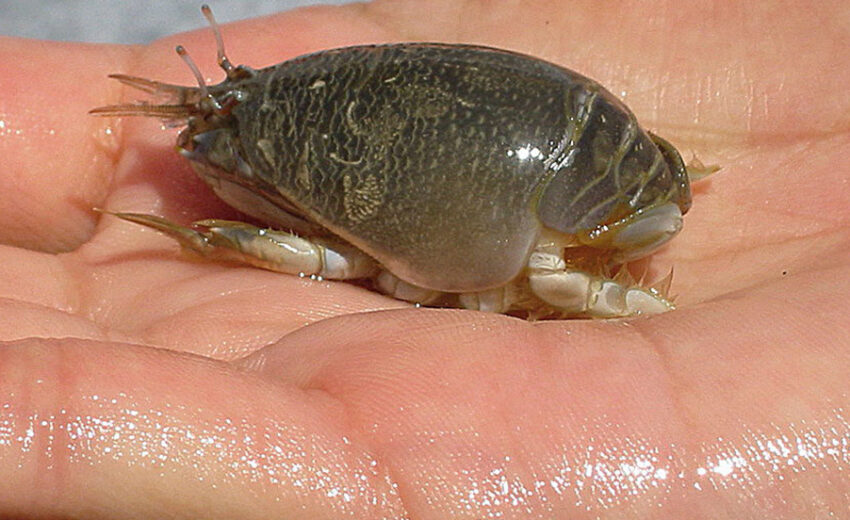The Pacific mole crab, aka sand crab is found from Madelena Bay (Baja California) to Kodiak Island (Alaska). They have to deal with crashing waves, constantly shifting sand, tides
- Zoology
- Daily Critter Facts
- For Teachers
- Study Guides
- Diseases & Parasites
- Contact

